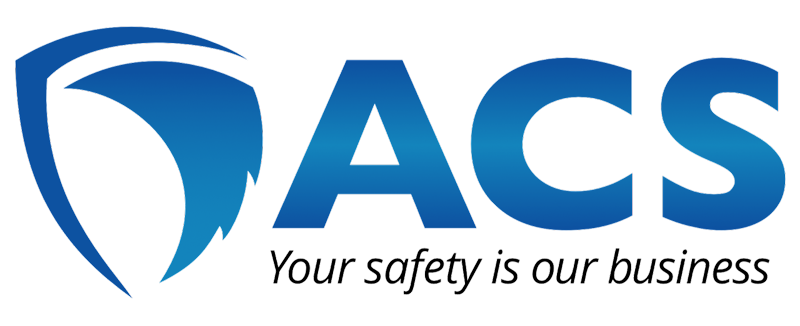Why a Drug-Free Workplace Matters
Though many believe substance abuse isn't an issue in their workplace, data consistently reveals a different reality. Substance use disorders affect people across all industries and job types, often going unnoticed due to stigma, fear of repercussions, or lack of awareness. According to the National Institute on Drug Abuse (NIDA), nearly two-thirds of adults with a substance use disorder are employed. That means most companies are likely affected — whether it’s visible or not. Substances, whether they’re illegal drugs, alcohol or legally prescribed or over-the-counter medications, can disrupt the workplace by increasing safety hazards, lowering job performance, and potentially harming an organization’s reputation.
Substance abuse not only leads to billions in annual costs for employers—it also contributes to a range of work-place challenges. Drugs might cause employees to bypass security measures such as lockout/tagout (exposing them to electrocution) or machine safeguards (exposing them to pinch points that could result in cuts, bruises, fractures, and amputations). Employees under the influence of drugs are more likely to get into accidents when operating motorized equipment, including forklifts, company vehicles, etc. Individuals struggling with substance use are more likely to:
Frequently change jobs
Miss work or arrive late
Show decreased productivity
Be involved in accidents on the job
File more workers’ compensation claims
Employers who take a proactive stance can make a real difference. According to the Substance Abuse and Mental Health Services Administration (SAMHSA), “Drug-Free Workplace Programs can help employers create cost-effective, safe, and healthy workplaces.” Implementing a Drug-Free Workplace Program offers several important benefits for both employers and employees.
For Employers:
Enhanced Safety & Compliance – Reduces workplace accidents and meets legal requirements.
Boosted Productivity & Retention – Minimizes errors, absenteeism, and turnover.
Cost Savings & Reputation – Lowers healthcare expenses and strengthens company image. Many states offer a 5-7% workers' compensation premium discount for maintaining a Drug-Free Workplace.
Positive Work Culture – Improves employee morale and engagement, strengthening overall employee well-being.
For Employees:
Safer Workplace – Decreases accident risks.
Better Productivity & Well-being – Supports focus, efficiency, and access to treatment resources.
Fair Policies – Ensures consistency and equity.
SAMHSA has a helpline at 800-WORKPLACE (800-967-5752) for employees and businesses dealing with problems related to substance abuse. SAMHSA also offers a Drug-Free Workplace Toolkit which provides information to help employers develop and sustain successful Drug-Free Workplace Programs. According to SAMHSA, a Drug-Free Workplace Program typically includes these key components:
Written Policy – Establishes clear rules, expectations, and consequences regarding substance use.
Employee Education – Provides information on substance abuse risks and available support.
Supervisor Training – Equips managers to recognize and address substance-related workplace issues.
Drug Testing – Implements testing procedures to deter and detect substance use.
Employee Assistance Program (EAP) – Offers confidential support and treatment resources.
ACS offers onsite, live webinar, and online courses to assist with your Drug-Free Workplace training needs. Contact us to schedule training for your company today.

